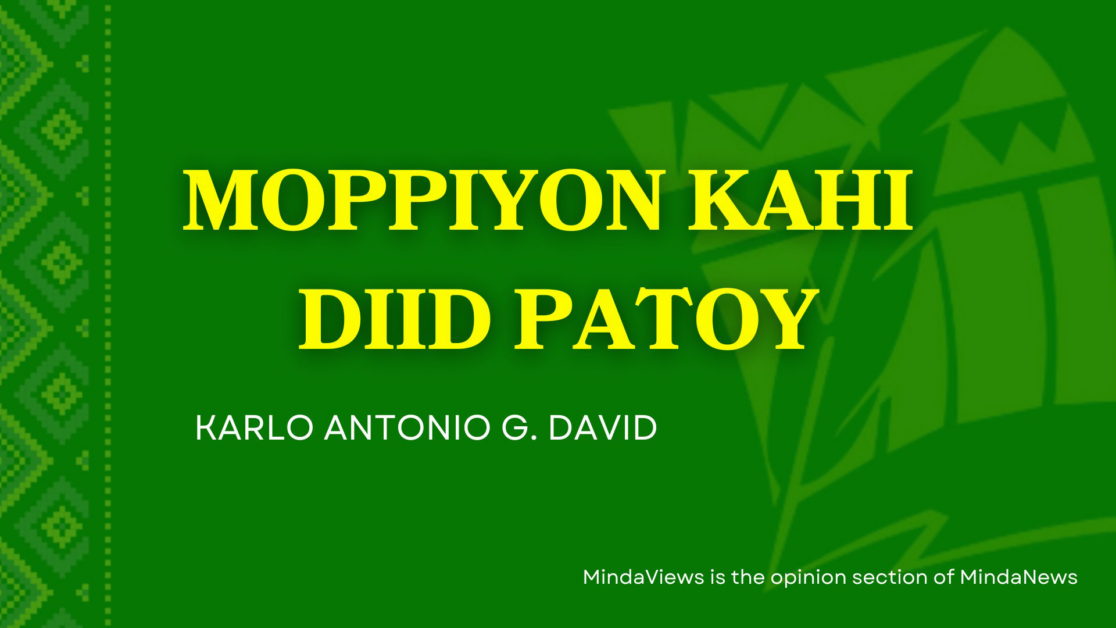
KIDAPAWAN CITY (MindaNews / 5 June)—On 4 June 2018, Datu Camillo Icdang was breaking a sweat. He was in Tagbak, Magpet, looking for perhaps the most historically important spring in Kidapawan history.
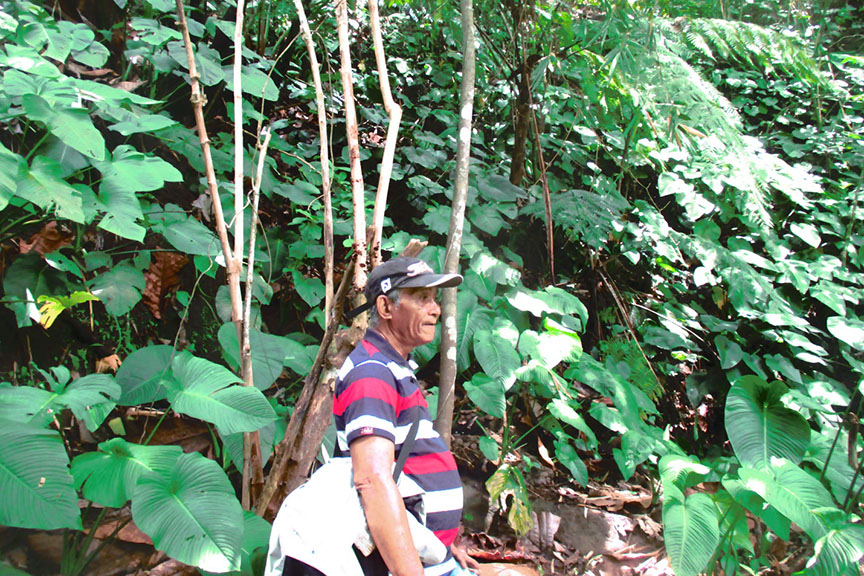
Amidst the tangle of the woodlands’ weeds he found it—a small spring, in a now remote corner of the Greater Kidapawan Area that, if oral tradition is to be believed, used to be a thriving center.
“Datu Siawan Ingkal bought the name of the spring,” said the late Datu Basinon Ebboy of Meohao to me that year. “He bought the name from the owners of the land, to use for his new town, Kidapawan.” Datu Basinon was in his late 90s when he told this story, transmitting it from his own father.
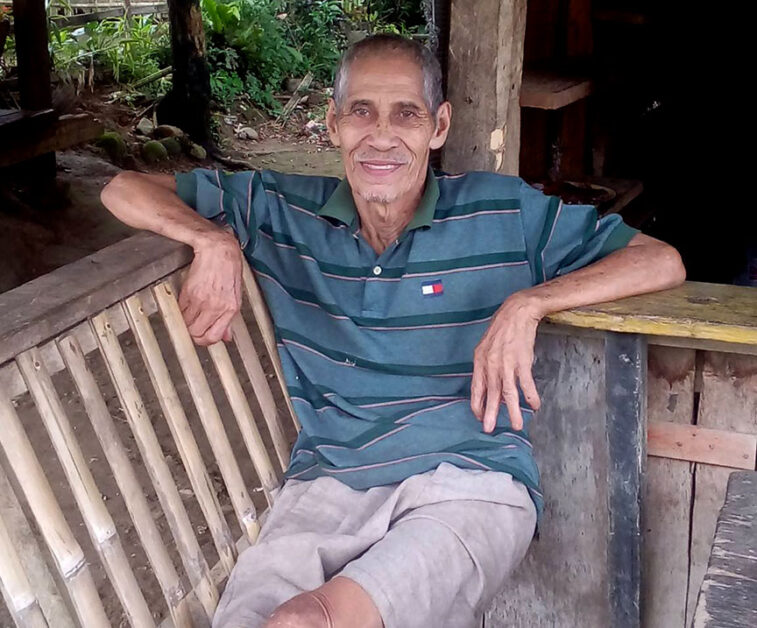
Datu Camillo was there when Datu Basinon was talking to me. He had heard the story before, but upon hearing it again he took on the challenge of locating the actual spring. Datu Basinon put the location in Uwas, also in Magpet (what was until 1963 still part of Kidapawan). But when they arrived there the local elders, who knew the story too, identified the actual location of the spring as Tagbak, in the land of the Manumba family.
“Tigdapawan” was the word Datu Basinon used to refer to the spring, and from whence the name of the city is said to have been taken.
It is only one of a total of 13 etymologies for the name of Kidapawan I had gathered after two years of digging up. The findings of those years were later published in the Journal of Philippine Local History and Heritage of the National Historical Commission of the Philippines, the first NHCP publication about Kidapawan.
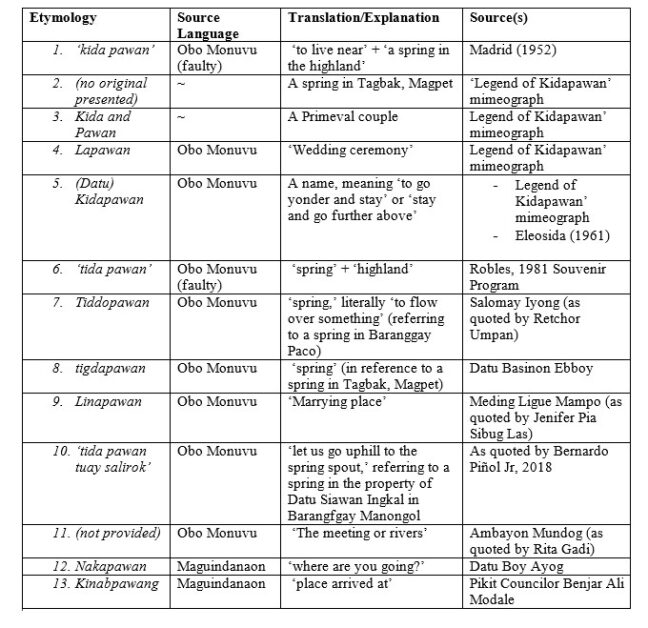
Until I started work as City Historian of Kidapawan, the received etymology—and the one the local government puts forward in its official publications—is that Kidapawan is derived from the words “tida” (supposedly meaning “spring”) and “pawan” (supposedly meaning “highland”) in the native Monuvu language, making “tidapawan” mean “spring in the highland.”
Anyone with a basic knowledge of Monuvu will know that such an etymology is nonsense. It is one of the main reasons why I started working as historian—because I knew there were many things that needed to be corrected in the extant historiography.
Although faulty, this official explanation reflects the majority trend of the etymologies I gathered: that Kidapawan’s name comes from springs. Datu Basinon’s version is echoed by an earlier version the local government managed to record in the 1960s: of the town being named after a spring in Tagbak (although it is only Datu Basinon who associates the naming to Siawan Ingkal).
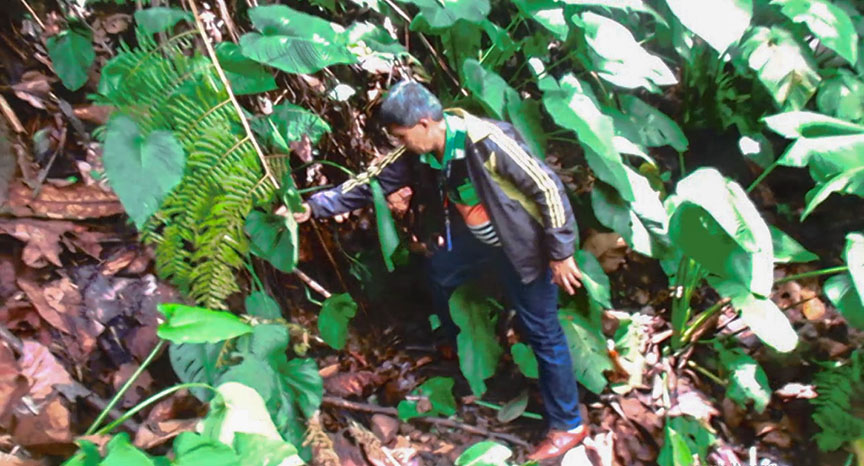
There are rivalling spring-related etymologies, though perhaps most compelling that transmitted from Apu Salomay Iyong (the tribe’s leading historian and from whom this column’s title is quoted) to Datu Retchor Umpan. In Datu Salomay’s version, the spring in question was in what is today Barangay Paco. The spring became a landmark because it flowed over a large rock (we could not find this spring anymore).
Datu Salomay’s version puts the etymology as “Tiddopawan” (vaguely similar to Datu Basinon’s), rooted in the word “lopawan,” “overcoming” (a contracted form of “to id lopawan,” “the place of overcoming,” to refer to the water flowing over the rock).
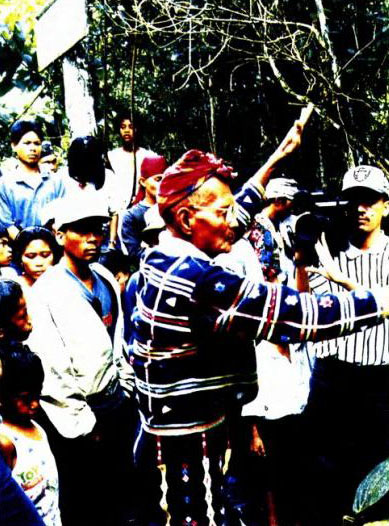
The word “Lopawan” is the dominant proposed root of the city’s name, because it is also the etymology being proposed by the other major etymology: that the city’s name is derived from the elaborate Lopawan wedding ritual. The ritual is so called because the groom is subjected to a series of ritual obstacles he must symbolically overcome to reach and obtain the bride.
There are several independent etymologies proposing this, but the main source for this etymology is the late Bo-i Meding Ligue Mampo, who transmitted the version to NCIP Chair Bo-i Jenifer Sibug Las. According to this etymology, Kidapawan was so named because it was a popular site of weddings for indigenous peoples, its daughters being coveted by men from far off villages. Kidapawan was thus populated as these men followed the practice of matrilocality. True enough, many of Kidapawan’s indigenous families are descended from patrilineal ancestors who come from other tribes.
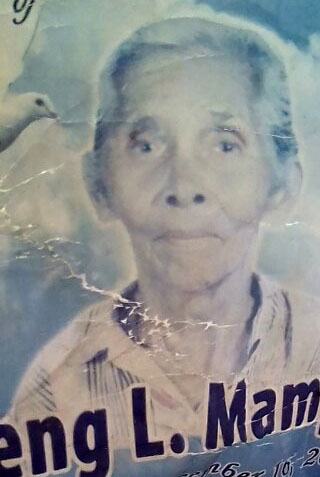
Springs and marriages—there is a dual motif in these two recurring etymologies. The springs indicate the pride that the people of Kidapawan have always had not only with their waters, but with their natural abundance in general. The marriages on the other hand allude to the attractiveness of its people.
But more than these two, at the heart of Kidapawan’s identity seems to be this theme of overcoming, that the town’s own indomitable spirit will always burst out, leaping over any obstacle it may come across.
That at least is where I stop being a historian and start interpreting as the town’s literary writer.
(MindaViews is the opinion section of MindaNews. Karlo Antonio G. David has been writing the history of Kidapawan City for the past thirteen years. He has documented seven previously unrecorded civilian massacres, the lives of many local historical figures, and the details of dozens of forgotten historical incidents in Kidapawan. He was invested by the Obo Monuvu of Kidapawan as “Datu Pontivug,” with the Gaa (traditional epithet) of “Piyak nod Pobpohangon nod Kotuwig don od Ukaa” (Hatchling with a large Cockscomb, Already Gifted at Crowing). The Don Carlos Palanca and Nick Joaquin Literary Awardee has seen print in Mindanao, Cebu, Dumaguete, Manila, Hong Kong, Bangkok, Singapore, and Tokyo. His first collection of short stories, “Proclivities: Stories from Kidapawan,” came out in 2022.)
========================================
On this section of Moppiyon Kahi diid Patoy, we remember important dates and incidents that took place in Kidapawan history.
31 May 1967 – A tornado destroyed a public school building in Kidapawan’s barangay Paco,
1 June 1957 – A Flu epidemic is recorded in Kidapawan
2 June 1967 – Atty. Moises Carbonel, who was then sitting as Municipal Councilor, resigned to assume the post of Municipal Judge
3 June 1963 – Councilor Arturo Amador Sr. raised his observations on the practice of logging concessionaires destroying the roads and bridges they built once they have finished logging in an area. This issue would later lead to the logging companies being summoned to appear before the Municipal Council and agree to donate all the roads and bridges they built.
5 June 1961 – the office of Municipal Attorney was first filled, with Atty. Juan B. Agudo as its first appointed occupant.
